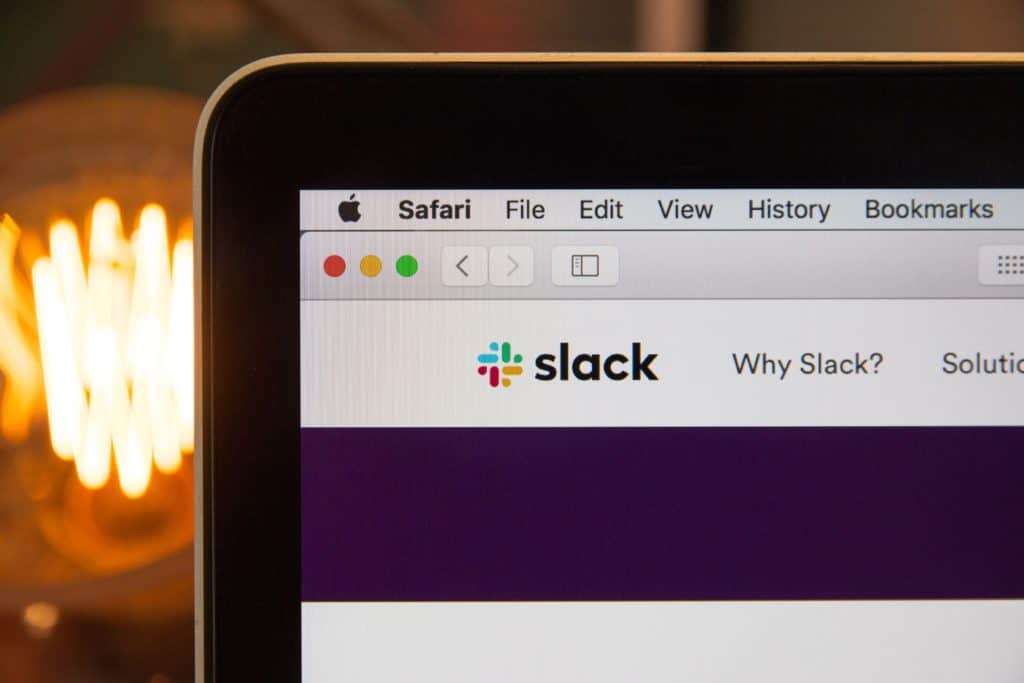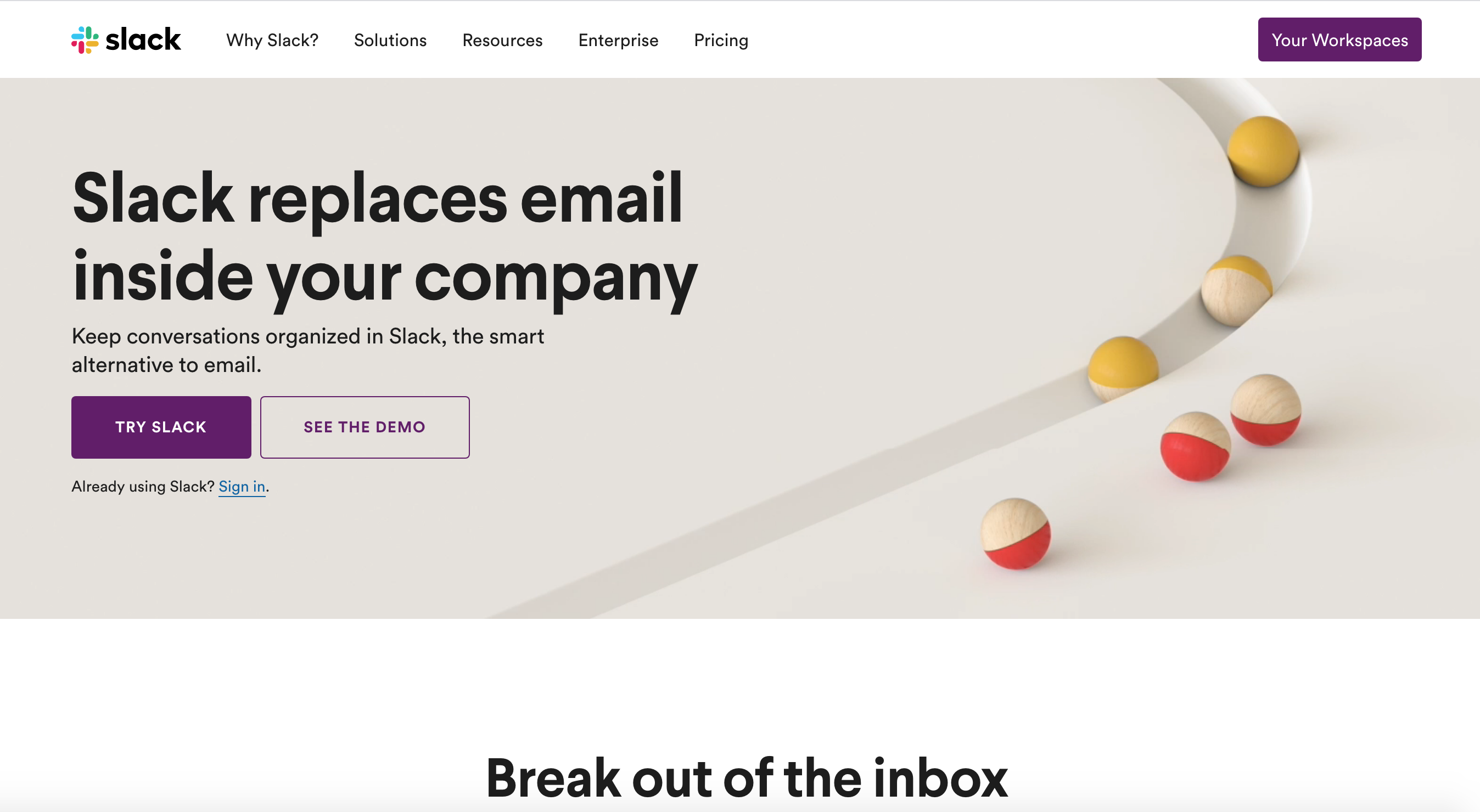|
Slack is one of the best accidents in history. Stewart Butterfield, the founder & CEO of Slack, didn’t set out to build the fastest growing business app in history, but he did. I’m going to share the origin story (because it’s interesting) and then we’ll dive into what you can steal from their unique selling proposition. The happy accident is the result of a Glitch. Butterfield and his team had visions of building a grand interactive world where you could endlessly explore. Glitch was a web-based game with no clear goal or ending, it just kept going. As you can imagine, building a never-ending game requires a lot of communication. The Tiny Speck (company behind Glitch that would eventually become Slack) team was tired of firing emails back and forth so they built a tool for more efficient communication based on channels. Glitch didn’t pan out and Tiny Speck shut down in 2012. It wasn’t until after they shut the doors that they realized how productively they had been working on the pointless game. The team had grown to love the app and thought other people might like it as well. And so, Slack was born. The Slack origin story is compelling, but this is a post about crafting a better USP. Let’s get to the nitty-gritty of what you can learn (and steal) from Slack’s brilliant USP.
Can you guess Slack’s USP?Considering it’s stated three times above the fold on their website, I think it’s pretty explicit. Slack replaces email. Making this USP impossible to ignore has led them to a billion-dollar valuation. More accurately, a $7.1 billion valuation achieved in just five years. Slack proves that clarifying your message will help you make money. Here are three variables we can all steal from Slack for our own selfish benefit.
Speak To The Right CustomerSlack directly addresses the customer they want. You may not notice on an initial look, but they’re targeting organizations with multiple employees. These are the people who convert to paid accounts and drive revenue. Including the phrase “inside your company” in their headline is a subtle inclusion that makes this message resonate with the right people. Slack isn’t trying to drive away solopreneurs and freelancers, but they understand who brings in the $$$. Takeaway: Don’t water down your message trying to accommodate everyone. Present A Common EnemyAnyone in the working world can relate to an overstuffed email inbox. Email is a common enemy we all understand. Clearly stating this fact has separated Slack from competitors who have similar products. This is empathy at its finest. Takeaway: Find the enemy your customers can relate to and show how your product or service helps crush that enemy. Make It Stupid SimpleWill Slack win creative awards for their homepage? Probably not. Does that matter? Absolutely not. Most brands try to be too clever which leads to vague and confusing positioning. Anyone who lands on the Slack site understands the problem being solved. Takeaway: People come to your website wanting you to have the solution to their problem. Make it clear that you’ve got that solution. Write Your Unique Selling PropositionEmpathize with the right people about a common enemy. Focus on clarity over cleverness to make your message stupid simple. Put it all together and politely beat this into people’s heads at every turn. Follow these steps and you may be headed toward a $7.1 billion valuation of your own. I send a tasty little email on Friday mornings called The Recipe. It will help you get better at marketing every single week. No selling. No spam. Just marketing tips and strategies served up to your inbox in bite-sized nuggets. |


